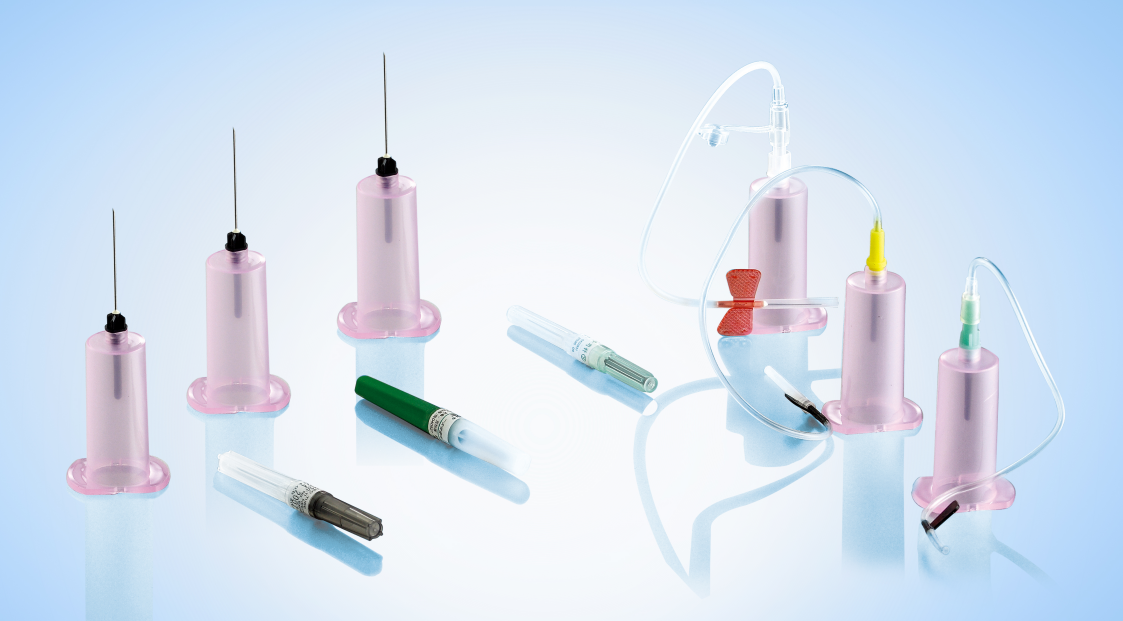The choice of needle is directly related to the safety, efficiency and comfort of patients in medical operations. Choosing the right needle can not only reduce pain and tissue damage but also improve the accuracy of drug injection or extraction and reduce the risk of infection. At the same time, for medical personnel, the right needle choice can simplify the operation process and improve work efficiency. Therefore, scientific and reasonable selection of needles is an important link to ensure the quality of medical care and patient experience.
There are various types of needles, and different types have specific use cases in medical operations. Common straight needles (such as injection needles) are used for routine drug injection or blood drawing and are widely used because of their simple structure and easy control. The butterfly needle is easy to fix because of its soft "wings" design, and is often used for intravenous injection or blood drawing that requires long-term retention, especially for children and patients with poor vascular conditions. In addition, needle length, diameter (such as the "G" value of the thickness gauge) and material can also affect the choice. For example, thinner needles are better for subcutaneous injections, while thicker needles are better for rapid infusions or for taking large blood samples. Choosing the right needle type can not only increase the efficiency of the procedure, but also significantly improve the patient experience.
Different sizes of needles have their advantages and disadvantages in medical treatment, and the selection needs to be based on the specific use. Thick needle (such as 18G) is suitable for rapid infusion or mass blood collection, because the flow rate is fast but the puncture pain is strong; Medium needle (e.g. 22G) is suitable for routine injection and infusion, balancing flow rate and comfort; Thin needles (such as 25G and thinner) are used for children or subcutaneous injections, and the puncture pain is less, but the flow rate is slower. According to the patient's situation and the purpose of the operation, a reasonable selection of blood draw needle gauge size can better balance efficiency and experience.

Take the 22G needle as an example, it is a medium-thickness needle, widely used in routine injections and intravenous fluids. Its moderate diameter enables it to maintain a high flow rate while reducing patient discomfort, making it suitable for daily medical operations in adult patients. In addition, 22G needles can be used to draw blood samples or administer drugs, especially in normal vascular conditions. For scenarios where efficiency needs to be balanced with patient comfort, such as hospital emergency or outpatient treatment, 22G is a common choice.